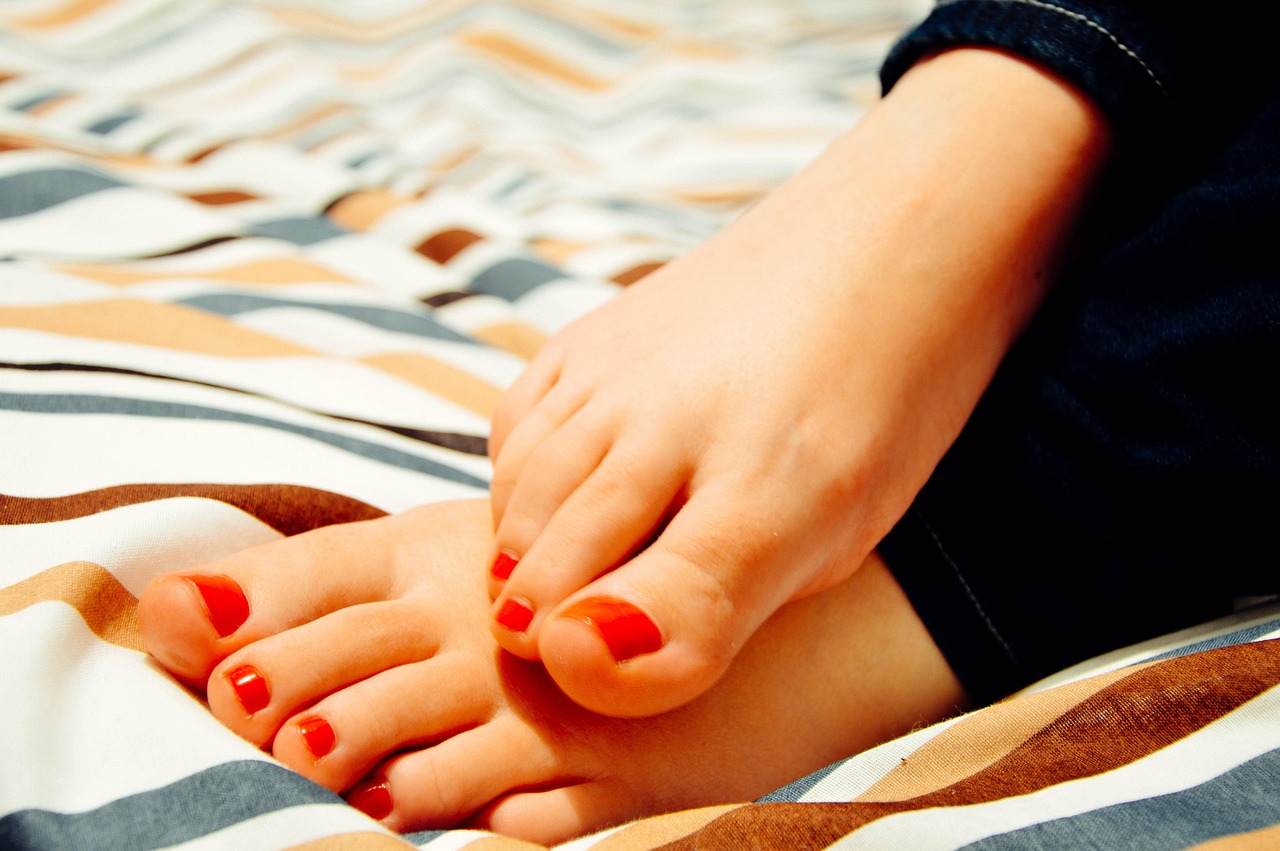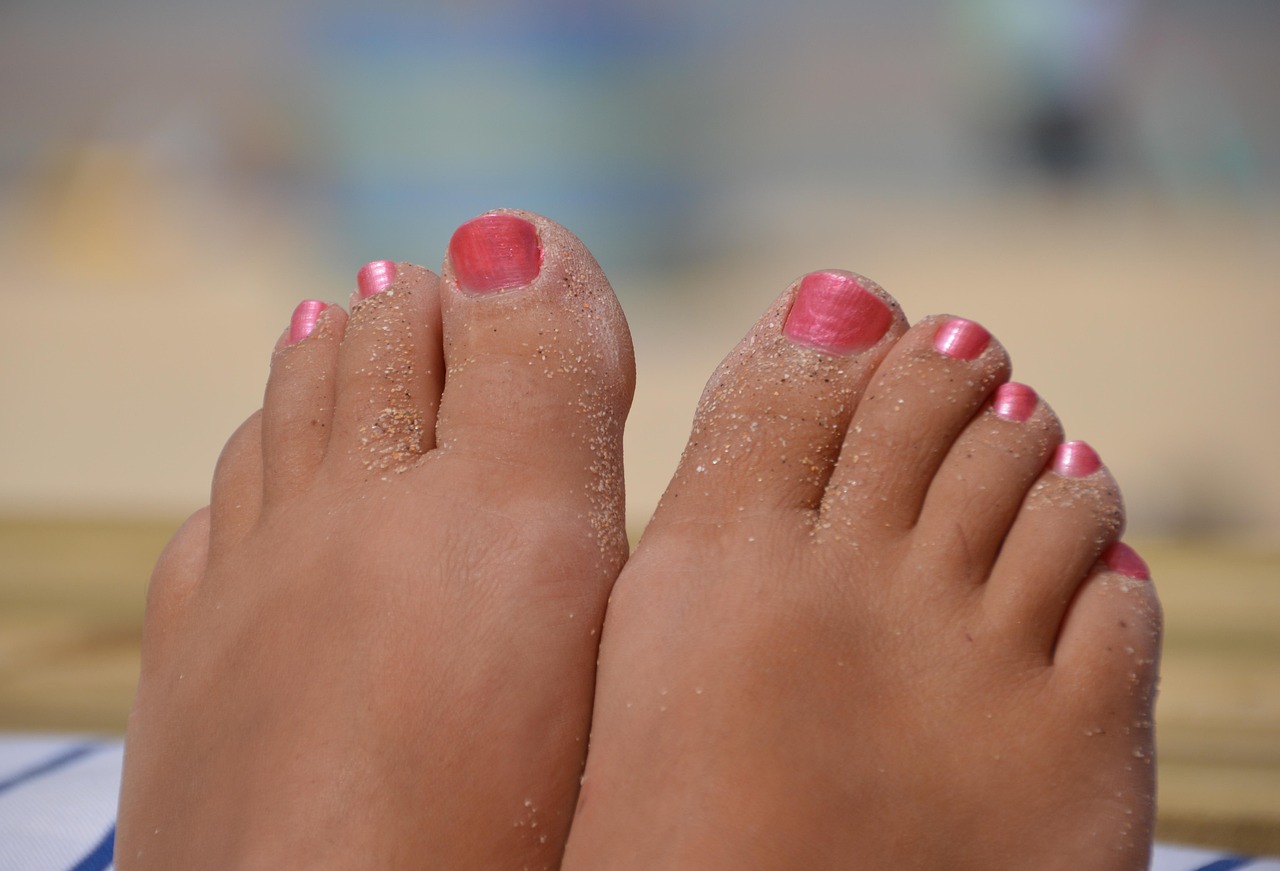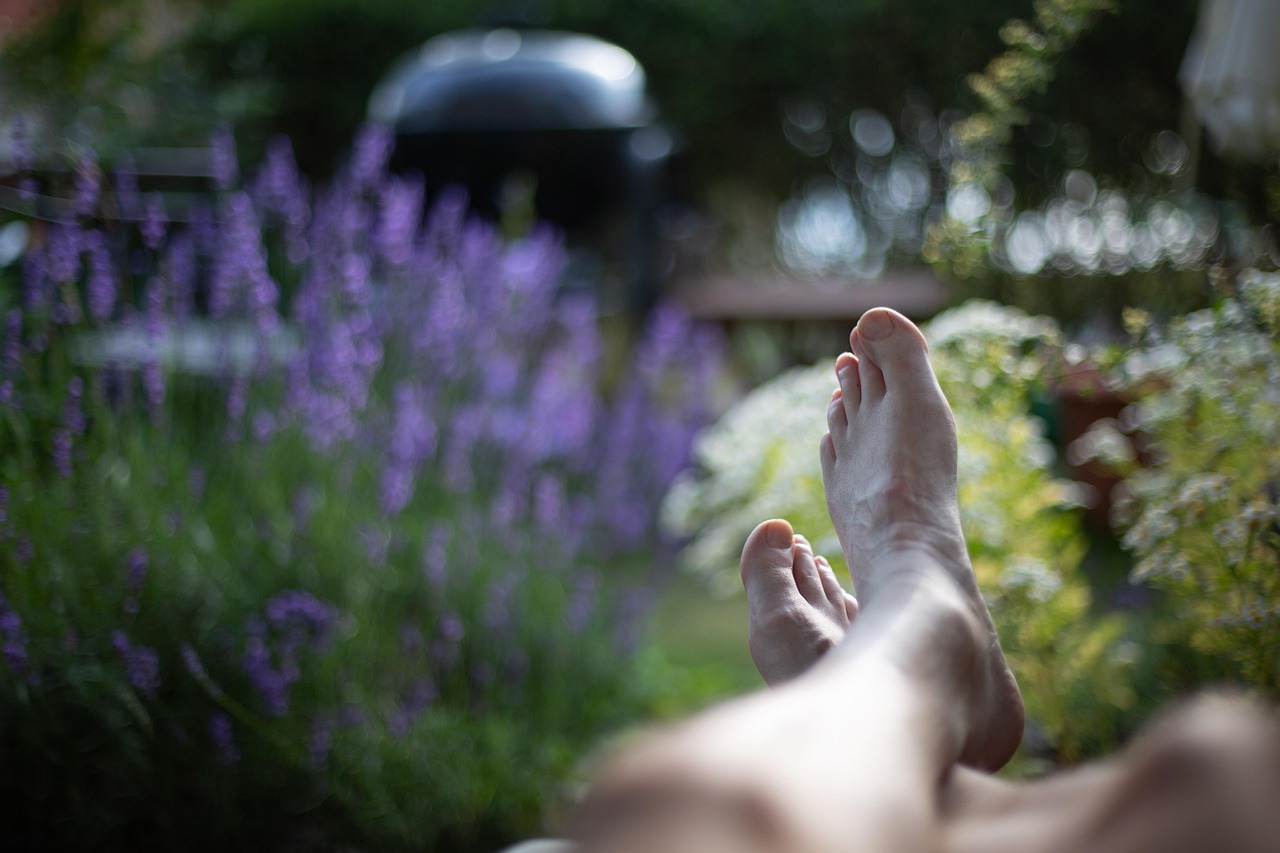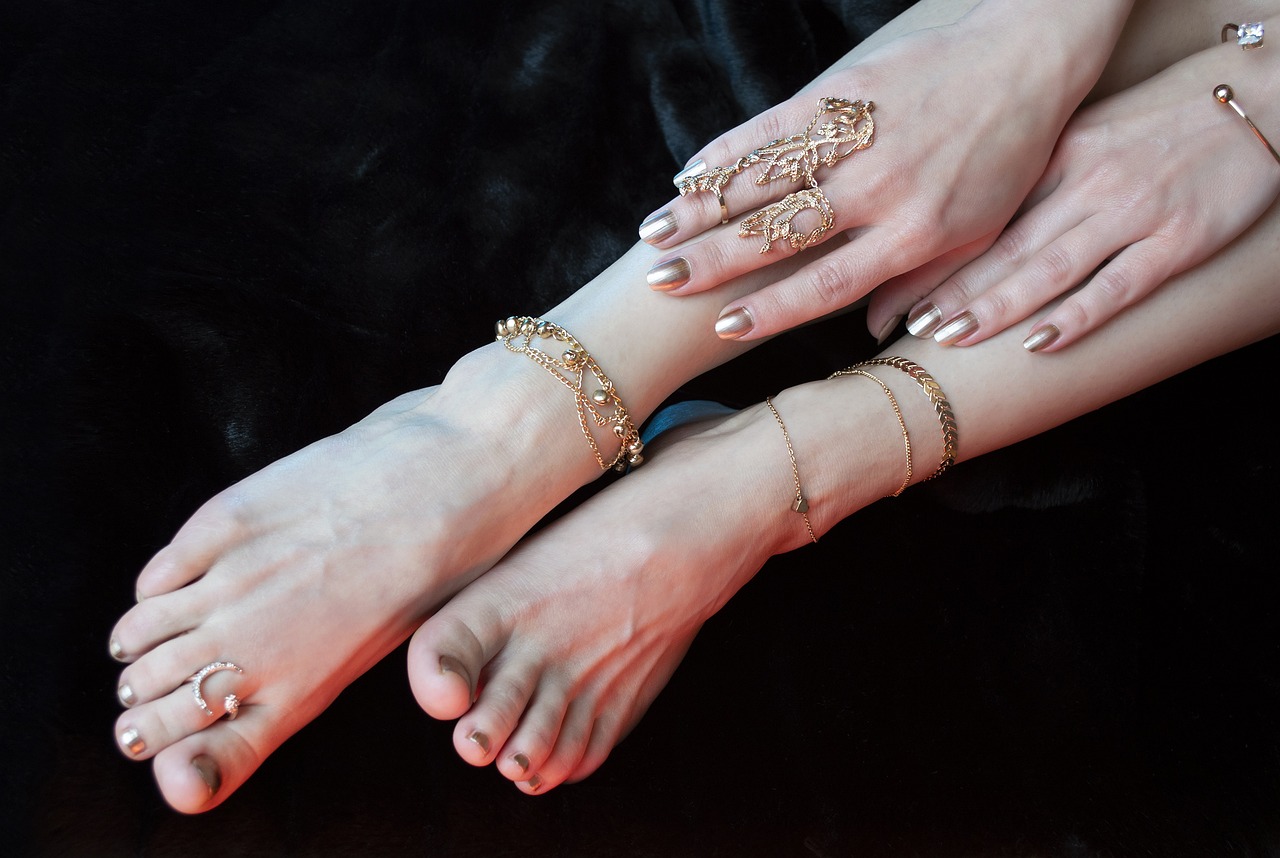No scrubbing? No problem.
When it comes to healing cracked heels, most advice starts with the same tip: exfoliate with a pumice stone. And while that works for many, not everyone likes the idea of scrubbing their feet — especially if the skin is sensitive, painful, or bleeding.
So the big question is:
Can you really treat cracked heels without a pumice stone?
The answer is yes — and in this post, we’ll show you how.
Whether you have sensitive skin, limited mobility, or just prefer a gentler method, here’s how to effectively heal and soften your heels using no physical exfoliation at all — just smart skincare and expert products from The Beauty Pure.
Table of Contents
Toggle🧠 First: Why We Exfoliate in the First Place
Exfoliation helps:
- Remove dead skin buildup
- Allow creams to penetrate deeper
- Prevent cracks from worsening
BUT — if done too aggressively (especially with pumice stones or foot graters), it can:
- Tear skin that’s already vulnerable
- Cause irritation or bleeding
- Delay the healing process
That’s why chemical softening and moisture therapy are safe, effective alternatives — especially for people with sensitive or severely damaged heels.
🚫 Skip the Stone: Try This 3-Step Healing Method Instead
No scrubbing, no filing — just results through nourishment and barrier repair.
✅ Step 1: Soak and Soften Naturally
Warm water alone can work wonders. Add a tablespoon of Epsom salt or baking soda to a foot bath to relax muscles and loosen dry skin.
- Soak for 10–15 minutes
- Pat dry gently
- Don’t rub or scrape
- Do this 2–3 times per week
This helps open pores and preps skin for treatment, even without exfoliation tools.
✅ Step 2: Apply a Deep-Healing Foot Cream
The real work happens here.
Use a cream specifically designed to penetrate thick skin and repair cracks from within.
🔹 Use Lapitak Cream for Cracked Heels — it contains:
- Urea – softens hard skin without abrasion
- Panthenol & Allantoin – soothe and support skin regeneration
- Glycerin – locks in long-term hydration
Apply generously to heels, massage in, and focus on the deepest lines.
✅ Step 3: Lock It In Overnight
Moisture is your greatest weapon — but it won’t stay unless you help trap it.
After applying cream:
- Put on cotton socks (avoid synthetics)
- Sleep with them overnight
- Repeat nightly for best results
Within 5–7 days, you’ll see:
- Fewer visible cracks
- Reduced discomfort
- Smoother, more elastic skin
- No bleeding or stiffness
💬 But What If My Heels Are Already Bleeding?
Skip any form of physical exfoliation completely.
Instead:
- Disinfect gently with warm water and mild soap
- Apply an antibacterial repair cream like Lapitak’s cracked heel formula
- Cover with a bandage or clean socks
- Repeat twice daily until cracks close
- Then switch to a regular moisturizing routine
👟 Lifestyle Habits That Help Healing (No Scrub Needed)
- Wear shock-absorbing footwear to reduce pressure
- Avoid walking barefoot on hard floors
- Stay hydrated — internal moisture matters
- Take breaks if you stand for long hours
- Use Lapitak Foot Odor Preventing Spray to avoid bacterial buildup from sweat
🌿 Alternative (Non-Scrubbing) Exfoliation Options
Want exfoliation without stones or files? Try:
- Urea-based creams (already in Lapitak)
- Lactic acid lotions (very mild chemical exfoliants)
- Moisturizing foot masks
- Gentle washcloth rubs during shower — only when the skin is soft
These methods help loosen skin gradually without risking damage.
Final Thoughts: Soft Heels, No Stone Required
You don’t need to scrub your feet raw to get results. In fact, gentle care is often more effective — especially when cracks are deep or painful. With the right routine, patience, and quality products, you can achieve soft, healthy heels with zero abrasion.
👉 Explore The Beauty Pure to start your pumice-free heel repair routine today. Because sometimes less friction = more healing.





